Featured Articles
5 More Smart Survival Tips From My Redneck Neighbor

A while back we shared some smart ideas from one of our favorite redneck neighbors, Eddy.
Last weekend I travelled back home and had an opportunity to visit my own neighbor, an old-timer who goes by the name of Lucky.
After sitting on the front porch for a couple hours, I had plenty of ideas for prepping, survival skills and just that good feeling you get from shootin’ the breeze with an old friend.
Lucky’s got a knack for knowledge so please pass it along to your friends, family and fellow survivalists.
1). There’s nothing like a good rifle.
“How long you been gone?” Lucky asked me. I said about two years. “Well we got a real serious hog problem now,” referring to the infestation of feral pigs in the county.
“If I were you, I’d get myself a good hoggin’ gun.” But Lucky told me that I don’t need anything fancy. Sure you can drop a pretty penny on a tricked out .308 AR but when in doubt just go with the old Winchester .30-.30, or one of Lucky’s favorites, the bolt-action .30-06.
“That’ll definitely kill hogs dead.”
If you’re looking for something special, go for the Winchester Model 94. Not only does it shoot as good as it looks, it’s the best-selling high-powered rifle in U.S. history. Classic level-action, grade III walnut stock, and deep, richly blued 24″ octagonal barrel and receiver add to this firearm’s classic look. It’s chambered in the potent .38/55 caliber, making it suitable for big game such as deer, elk and black bear.
Get more specifics on this great gun here:
http://www.winchesterguns.com/library/articles/detail.asp?id=360
2). Learn how to gather wild edibles.
Lucky likes anything that’s free and wild edible plants are just that. Depending on where you live in the world and depending on the season you have access to natural food sources that are fresh and good for you.
They’re a great supplement to your stored goods.
“You gotta be careful though,” Lucky says, “you’d feel like a right dips—t” if it was some red berry that put you down.”
Get a plant identification book and study it. When gathering, be sure to collect at most 5% of the plant stand where you are. That way it will reproduce and you can keep going back.
Remember these rules of thumb:
• Gather leaves in spring and summer
• Gather roots in winter and for some, late fall and winter
• Gather fruits in late summer and fall
• Gather seeds after flowering in late summer and fall
And here’s a list of the 33 most common edible wild plans in North America:
• Wild Onion (Allium bisceptrum)
• Common Burdock (Arctium minus)
• Common Milkweed (Asclepias syriaca)
• Common Dandelion (Taraxacum officinale)
• Lambsquarters (Chenopodium album)
• Brambles (Rubus sp.)
• Currants and Gooseberries (Ribes sp.)
• Blueberries and Cranberries (Vaccinium sp.)
• Sheep Sorrel (Rumex acetosella)
• Chickweed (Stellaria media)
• Red Clover (Trifolium pretense)
• Garlic Mustard (Alliaria petiolata)
• Miner’s lettuce (Claytonia perfoliata)
• Common Plantain (Plantago major)
• Stinging Nettle (Urtica dioica)
• Common Cattail (Typha latifolia)
• Wild Ginger (Asarum caudatum)
• Wild Strawberry (Fragaria virginiana)
• American Elderberry (Sambucus Canadensis)
• Wild Rose (Rosa sp.)
• Amaranth (Amaranthus retroflexus)
• Wild Garlic (Allium ursinum)
• Common Camas (Camassia quamash)
• Violets (Viola sp.)
• Wild Mint (Mentha arvensis)
• Common Salsify (Tragopogon porrifolius)
• Common Chicory (Cichorium intybus)
• Wild Sarsaparilla (Aralia nudicaulis)
• Western Dock (Rumex occidentalis)
• Cow Parsnip (Heracleum lanatum)
• Bull Thistle (Circium vulgare)
• Common Sunflower (Helianthus annuus)
• Jerusalem Artichoke (Helianthus tuberosus)
3. A Small Pot.
Seems like an obvious one but when Lucky and I went in to his kitchen I noticed he had almost no cookware.
“All I need is this pot…I got a cast-iron too.”
The pot was beautiful. Beat to hell, dented, and weathered from flame and who knows what else. It was thick, big enough for a decent-sized pheasant, about 3 quarts I think.
You’l want this around when you need to boil and purify water, cook meals, catch rain water, “heck, you could even use it to beat off an intruder,” Lucky says with a laugh.
“It’s just a pot, but it’ll come in handy, trust me.”
“This is to boil and purify water in, and to cook things in. It’ll come in handy, trust me.”
4. You can never have enough duct tape.
“I got a crateful…and I don’t have any ducts in my place.”
Just look at this infographic put together by our friends over at http://www.backdoorsurvival.com/.
Image source: foodinsurance.com.
5. Back up your fuel supplies.
You’re not always going to have charcoal or other emergency food sources. So you’re going to need to rethink what you throw away.
“I don’t throw anything away. I compost. I save. And I make these outta most of ‘em.”
Lucky showed me a bunch of stacked, hockey puck-sized biomass briquettes.
A biomass briquette is made of from organic materials, like corn husks, coconut shells, grass clippings, dried leaves, saw dust, cardboard, or paper.
“In 2006, the U.S. produced more than 227 billion kilograms (kg) of solid waste; this equates to approximately 2.1 kg per person per day, where approximately half of this amount is in the form of paper and horticultural rubbish. Conversion of these wastes into combustible biomass briquettes would provide a means to satisfy individual energy needs while alleviating landfill use. (Source)”
Basically anything containing a high nitrogen content can be compressed. Biomass fuel sources can be used in small grills, collapsible or rocket stoves and rival common fuel sources.
Lucky’s method is pretty simple:
Get your materials cut up into small bits and soak it in water for about 48 hours or so, until it’s completely saturated and mushy. Then compact until the water is out. Be very diligent about the compacting process so your briquettes burn better.
Check out the video below for more.
Stay tuned for more tips from our favorite Redneck Neighbors.
Like this post?
Be sure to like us on Facebook (button below) so you can be the first to know about latest survival tips and off the grid living skills.
Want more tips? Check out these great articles on our site:
Survival Tips from an Expert
Prepper Mistakes to Avoid | Survival Tips
SURVIVAL TIPS: 6 Things You’re Not Doing That Will Bite You In The Ass
-

 Do It Yourself7 months ago
Do It Yourself7 months agoParacord Projects | 36 Cool Paracord Ideas For Your Paracord Survival Projects
-

 Do It Yourself9 months ago
Do It Yourself9 months agoHow To Make Paracord Survival Bracelets | DIY Survival Prepping
-

 Do It Yourself9 months ago
Do It Yourself9 months ago21 Home Remedies For Toothache Pain Relief
-

 Do It Yourself10 months ago
Do It Yourself10 months agoSurvival DIY: How To Melt Aluminum Cans For Casting
-

 Exports8 months ago
Exports8 months agoAre Switchblades Legal? Knife Laws By State

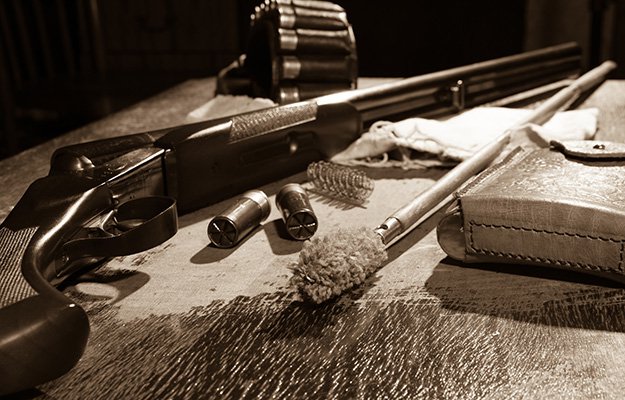

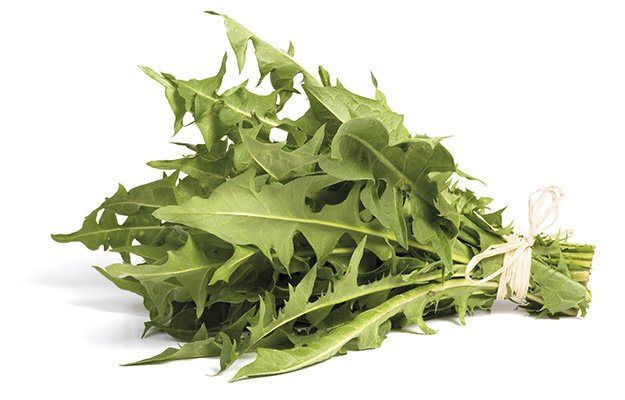
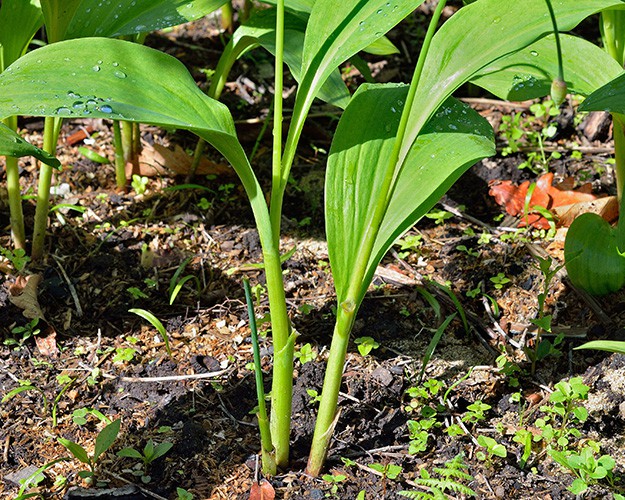
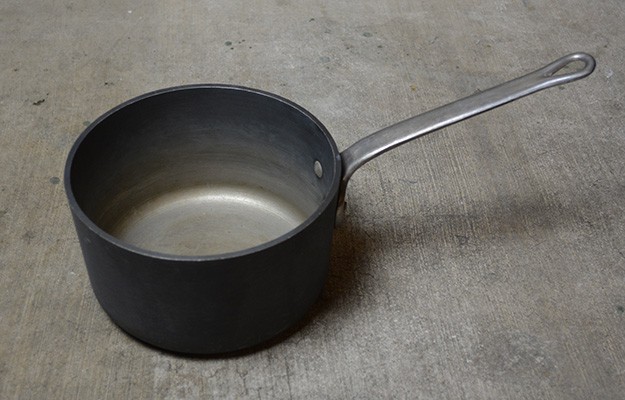
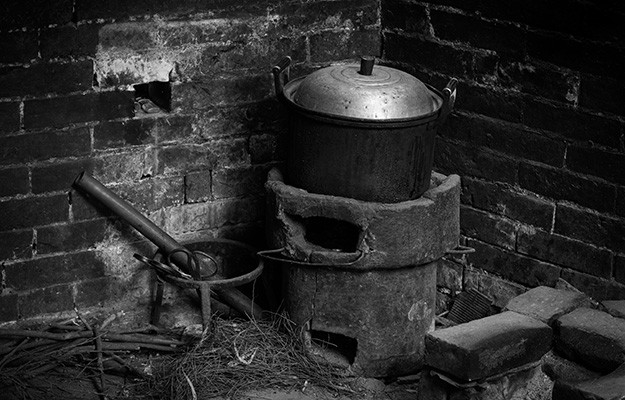
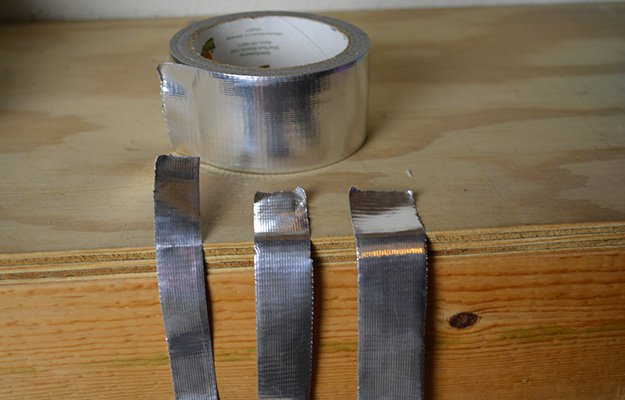
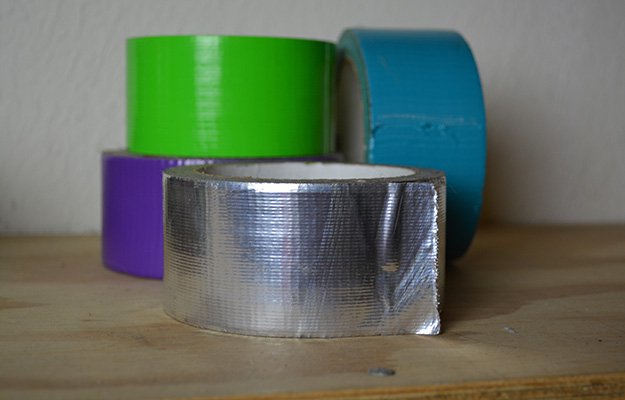

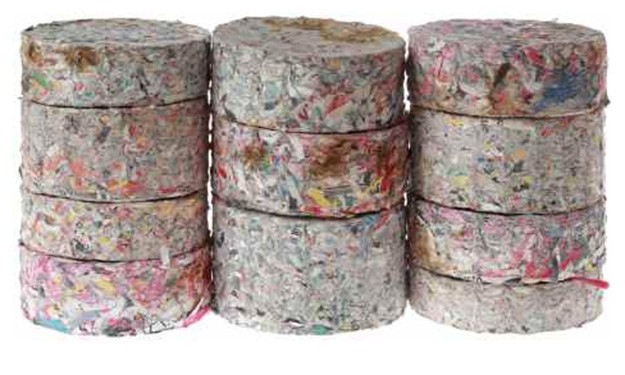








Pingback: 5 More Smart Tips From My Redneck Neighbor | Patriot Powered News
Jonathan
March 18, 2014 at 1:40 AM
These work great – a little messy, a little stinky to make (something about the pulp we use for paper these days, I would imagine), but worth the time and effort. I added the step of dipping them in melted candle wax from leftover candle stubs, which helps hold them together for transport and also assists lighting them. The wax melts off, allowing the biofuel to keep going at it’s normal rate. I’ve also used sawdust and wood shavings in the mix, all of which produce a consistent and lasting burn.
Jesse Estes
March 18, 2014 at 8:32 AM
Very Good!! A lot of this I realized I’d heard before. Some clear back 50 years in the Boy Scouts. Thank You for reigniting my mind!
Jess Estes
GENE PXXX
March 18, 2014 at 1:24 PM
I ENJOY YOUR ARTICLES ,AND HAVE PICKED UP SOME TIPS.YOUR LIST OF WILD EDIBLES IS GOOD ,BUT WOULD BE BETTER FOR US DUMMIES IF YOU COULD HAVE POSTED A PICTURE OF PLANTS ALONG WITH THE REGION OF COUNTRY THEY GROW IN.THANKS
Stephanie
March 23, 2014 at 8:47 PM
We will work on that. thanks!
Ivy
March 19, 2014 at 7:20 AM
Leaves of three -let it be. Leaves of four – eat some more! (DO NOT take this seriously)
Louis
March 19, 2014 at 5:43 PM
Like the biomass briquettes. Do you buy them or do you make them. Very interesting.
Pingback: 5 Redneck Tips - Gun and Game - Gun Forum
Bailey
March 31, 2014 at 6:41 AM
I wonder if this would work with leaves and stuff that you can see on the ground around him. I can’t really see any reason why it wouldn’t if you just shred them, and the oil in them may even help it burn better.
Pingback: How To Fish Like A Redneck | 14 Unique Fishing Tips | Survival Life - Survival Life | Preppers | Survival Gear | Blog
Pingback: How To Make A Moonshine Still | Survival Life - Survival Life | Preppers | Survival Gear | Blog
j.d.
May 29, 2014 at 5:58 PM
You can also make manure bricks if you have access to barn litter. Wet it and add the paper, straw or sawdust for a binder. I make 4 inch by 8 inch by two inch bricks on pallets with old screen then form the bricks and move the molds for more bricks. After your pallet(s) are filled place old windows or polycarbonate (greenhouse material) panel at an angle to avoid rain. You could also build a box to make a solar dehydrator to dry them. Pretty good burn time.
Tom Duren
June 17, 2014 at 2:11 PM
Helped a customer, 11 years ago, build a machine to make 4″ diameter x 1″ thick fire starters using cedar chips and wax. It’s still going strong and these fire starters can be cut in half or into quarters to start fires! http://www.supercedar.com/
Wheeler
September 1, 2014 at 3:00 PM
Nothing like a good rifle… and that pic isn’t of a rifle. Of course there’s also nothing like a good shotgun.
Scott
June 7, 2015 at 6:17 PM
PLEASE stop telling people to tape their windows in a storm. This is outdated information that was redacted from all weather service instructions for storms and hurricanes back in the 1980s!!!! Duct taping windows does NOTHING to stop them from breaking, and the larger shards that result can do LETHAL damage rather than just surface cuts. http://www.cbsnews.com/news/hurricane-experts-stop-taping-windows-for-storms/
Pingback: 6 Survival Habits That You Should Practice Now | Survival Life